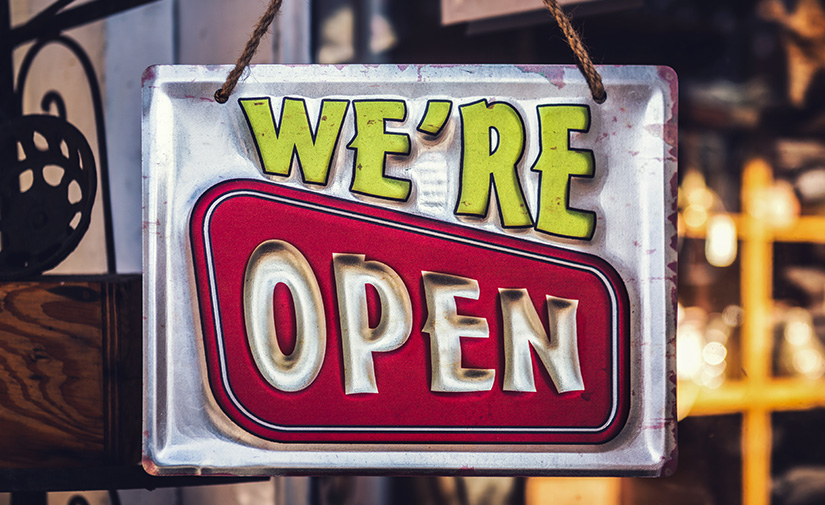
The latest CreditorWatch business risk index report has found the food and beverage sector remains at most risk of insolvency, as businesses continue to recover from the covid hangover and now a litany of other local and global pressures. But in a positive move, more and more directors of such businesses are realising the benefits of the simplified small business restructuring scheme (SBR). The scheme, introduced at the start of January 2021, is now very much on the ‘menu’ for a growing number of companies in financial distress.
It was certainly the right choice for a SE QLD café business that found itself in financial distress last year. The SBR, handled recently by Jirsch Sutherland Partner Melissa Lau, meant the business could get back on track with no legacy debt – and it fulfilled its obligations earlier than outlined in the restructuring proposal. Discover how below:
Background
In 2015, the company (let’s call it Coffee One, not its real name), was registered, with the director opening its inaugural café. That café was subsequently closed down in 2021 during the height of the pandemic, and then the director opened two new cafes, in 2022. The company employed 10 people and pre-covid had a turnover of $370,000 per year.
“Unfortunately, like many businesses the director experienced significant trading difficulties because of covid and restricted trading conditions. These challenges were then amplified when the company closed one café and opened two new cafes. The result was a throttled back cash flow, which left the company with a $300,000 debt,” explains Lau.
Solution
Lau and her team assessed Café One’s business and its challenges. The director acknowledged the challenges the business was experiencing and undertook a three-pronged approach:
- that the business should undergo operational restructuring
- to expand their catering offering
- consistently look at acquiring new businesses
The SBR plan had majority approval from creditors, including the ATO, which was the largest creditor. During the SBR process, the director continued to run the business while the plan was developed, which is exactly what the restructuring process allows for – unlike Voluntary Administration, where the Administrator has full control over the business.
Results
The director was able to complete the plan much earlier than as outlined in the SBR plan.
There were several key benefits in the SBR:
- employees retained their jobs
- the director has been able to continue running the business and look to the future
- the company has been released from the burden of historical debts
“It was an excellent result and a much better outcome than if the company had gone into liquidation,” says Ms Lau. “And it was achieved without incurring significant expenses typically associated with placing a business into voluntary administration.”


